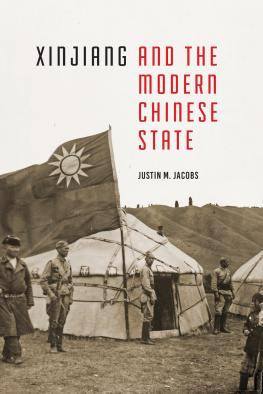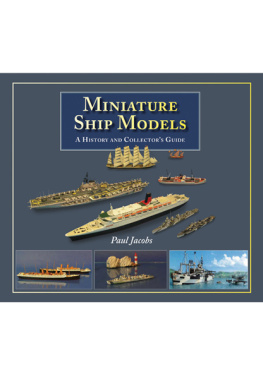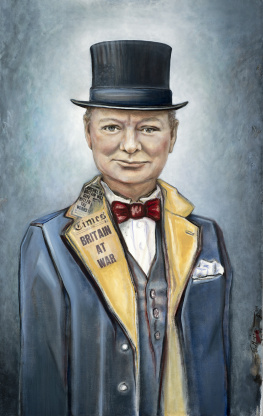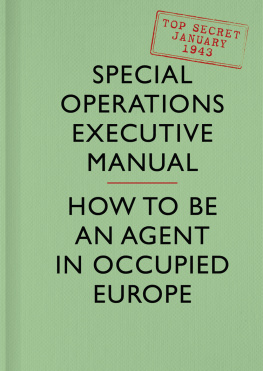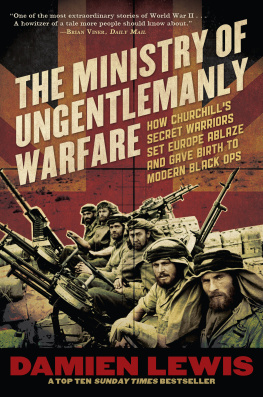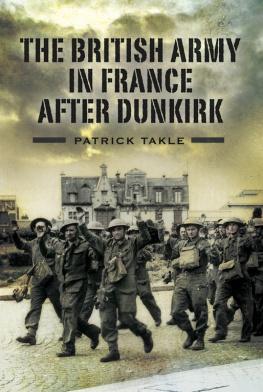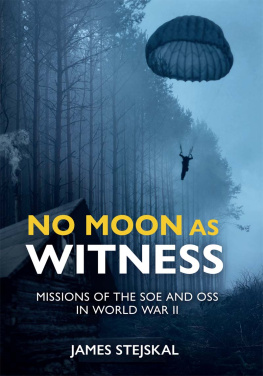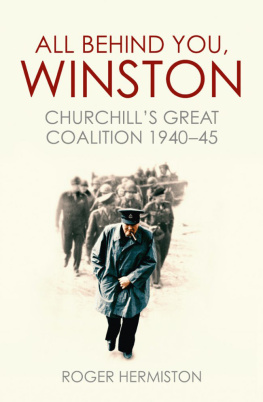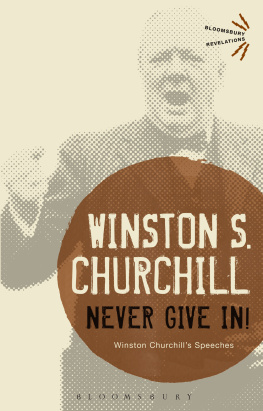First published in Great Britain in 2015 by
Pen & Sword Military
an imprint of
Pen & Sword Books Ltd
47 Church Street
Barnsley
South Yorkshire
S70 2AS
Copyright Peter Jacobs 2015
ISBN: 978 1 78346 336 7
PDF ISBN: 978 1 47386 663 8
EPUB ISBN: 978 1 47386 662 1
PRC ISBN: 978 1 47386 661 4
The right of Peter Jacobs to be identified as the Author of this Work has been asserted by him in accordance with the Copyright, Designs and Patents Act 1988.
A CIP catalogue record for this book is available from the British Library
All rights reserved. No part of this book may be reproduced or transmitted in any form or by any means, electronic or mechanical including photocopying, recording or by any information storage and retrieval system, without permission from the Publisher in writing.
Typeset in Ehrhardt by
Mac Style Ltd, Bridlington, East Yorkshire
Printed and bound in the UK by CPI Group (UK) Ltd,
Croydon, CRO 4YY
Pen & Sword Books Ltd incorporates the imprints of Pen & Sword Archaeology, Atlas, Aviation, Battleground, Discovery, Family History, History, Maritime, Military, Naval, Politics, Railways, Select, Transport, True Crime, and Fiction, Frontline Books, Leo Cooper, Praetorian Press, Seaforth Publishing and Wharncliffe.
For a complete list of Pen & Sword titles please contact
PEN & SWORD BOOKS LIMITED
47 Church Street, Barnsley, South Yorkshire, S70 2AS, England
E-mail:
Website: www.pen-and-sword.co.uk
Contents
Acknowledgements
M any excellent books have been written about the Special Operations Executive over the years. One of the first, and, in my opinion, still one of the best, is Inside SOE by E. H. Cookridge, written in 1966 as the first full story of SOE in western Europe during 194045. But it was following revelations of German successes in France, made during the late 1950s, that led to the commissioning of an official history of the SOE in France. Written by Professor M. R. D. Foot, himself a former member of the SOE, his superb and authoritative book SOE in France was also published in 1966.
As part of the Government Official Histories series, the aim of Michael Foots book was to produce a history in its own right, compiled by a historian eminent in the field, who was afforded free access to all relevant material in the official archives. But SOE in France came under the spotlight when it was published and immediately prompted controversy. The names of many agents, some of whom were still alive at the time, were suddenly propelled into the public domain; whether they wanted to be or not. As a result, a number of pages were rewritten and the second impression, with amendments, was published in 1968. Nonetheless, SOE in France is an authoritative piece of work, stretching across 500 pages, and remains the source of reference for historians, researchers and authors alike, and provides a starting point for us all.
Since then, there have been numerous books written about agents of the SOE, particularly in recent years since the public release of personnel files. Many are about the female agents and one of the best is Odette by Penny Starns. In addition to Pennys great book, I pay particular tribute to many others: Squadron Leader Beryl E. Escott for The Heroines of SOE; Robyn Walker for The Women Who Spied For Britain; Russell Braddon for Nancy Wake; Susan Ottaway for Sisters, Secrets and Sacrifice, a book about Eileen and Jacqueline Nearne; Shrabani Basu for Spy Princess, the story of Noor Inayat Khan; Sarah Helm for A Life in Secrets, the story of Vera Atkins and the lost agents of SOE; and to R J Minney for, perhaps, starting the ball rolling with his legendary book Carve Her Name With Pride about Violette Szabo. As for the male agents, I can think of no better books than No Cloak, No Dagger, written by the former SOE agent Benjamin Cowburn, The White Rabbit by Bruce Marshall about Tommy Yeo-Thomas, and No Banners, the story of the Newton brothers, by Jack Thomas. All these, and many more, are excellent books and so anyone wishing to learn more about a specific individual should take the time to read them. A comprehensive bibliography at the end of this book will help guide the reader to specific areas of interest.
I must also thank the staff at The National Archives at Kew. Books like this would never be possible without the help and support given by all the staff at this marvellous facility; it really is a national treasure. There are so many who work tirelessly to help us all at Kew but I must single out Paul Johnson at the image library for his particular help and understanding. Similarly, I would like to offer my collective thanks to all the staff at the Imperial War Museum, Air Historical Branch and the Special Forces Club. All have provided much help over the years with access to files and other material as well as many images, some of which you will see in this book.
In addition to these formal institutions and establishments, there are also more and more websites becoming available. Run by enthusiasts they provide a wealth of knowledge and amongst these I include John Robertsons Special Forces Roll of Honour website (specialforcesroh.com), Nigel Perrins website (nigelperrin.com), where much detail can be found about many SOE agents, and other websites such as the Tempsford Memorial Trust (tempsfordmemorial.co.uk). On a similar theme, I would also like to thank all those who contribute to the online SOE Forum, particularly members such as Steven Kippax, Mark Seaman and Martyn Cox. These and others contribute daily on a multitude of subjects relating to the SOE in order to share their knowledge and to ensure that the work of the SOE is never forgotten. From their contributions, and those of other members, I continue to learn so much.
During recent years I have been fortunate to spend time with descendants of some of those who served with the SOE in France and I am grateful to them all for providing me with material and images to help tell stories such as this. I have also been pleased to spend time across the Channel in France and, during the course of my research, I have continued to learn so much from the French people. But one community, above all others, has been of immense value to me and so I must say a special thank you to the people of Querrien in Brittany. They have made me so welcome during my visits and many have contributed personal accounts or articles, as well as many images, some of which I am pleased to be able to share in this book.
Finally, I wish to pay a personal tribute to the men and women of the SOE who bravely went into the field. Without their courage there would be no stories to be told. My personal thanks also go to the management and staff at Pen and Sword, particularly Laura Hirst for all her work behind the scenes, to enable this story to be told.
Introduction
C ourage comes in many different forms, especially during war, but all those who went into Nazi-occupied France with the Special Operations Executive during the Second World War displayed courage in abundance. They came from all walks of life and were there for varying reasons, but they all went into the field in the knowledge they would probably receive no recognition for what they did and knowing that their lives could be cut short in a most miserable way. But who were these people and why did they do what they so bravely did? Besides, who or what was the SOE anyway?
Considered to be Britains fourth armed service during the Second World War, the Special Operations Executive, the SOE, was formed in 1940 after the fall of France when the British prime minister, Winston Churchill, wanted to hit back at the enemy in Nazi-occupied Europe in whatever way he could. SOE operations would, he felt, divert vital enemy resources to counter acts of aggression but Churchill also realized that any act of aggression, no matter how small, would help raise the morale of those under occupation. In Churchills own words he instructed the SOE to set Europe ablaze but the new organization was to be kept separate from existing military and intelligence organizations, and was required to work closely with the many resistance movements in occupied Europe, with F Section (F for French) being responsible for SOEs operations in France.
Next page



